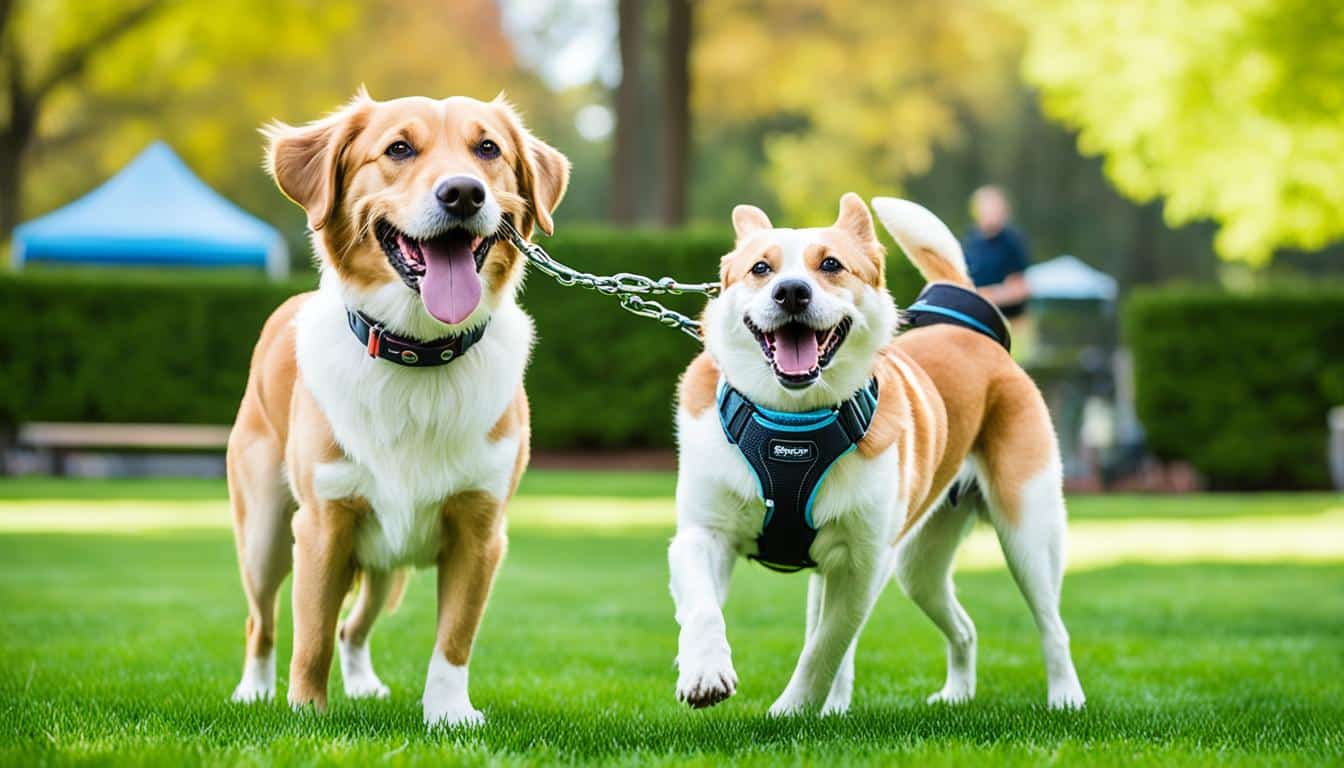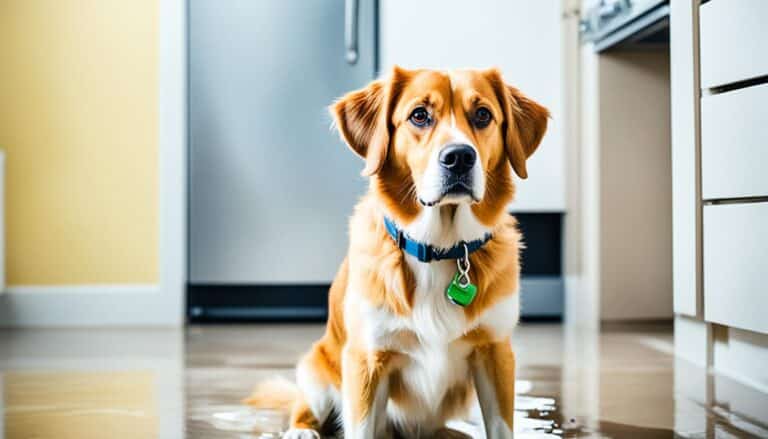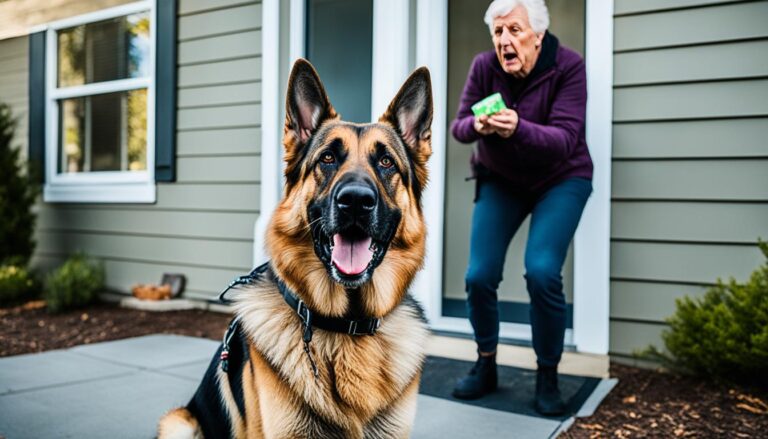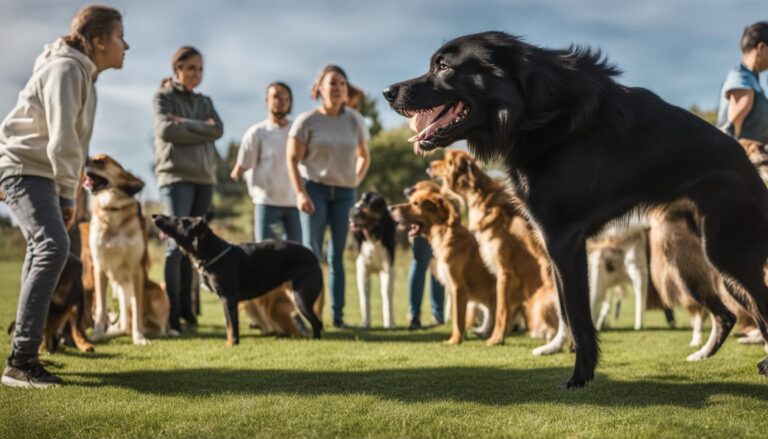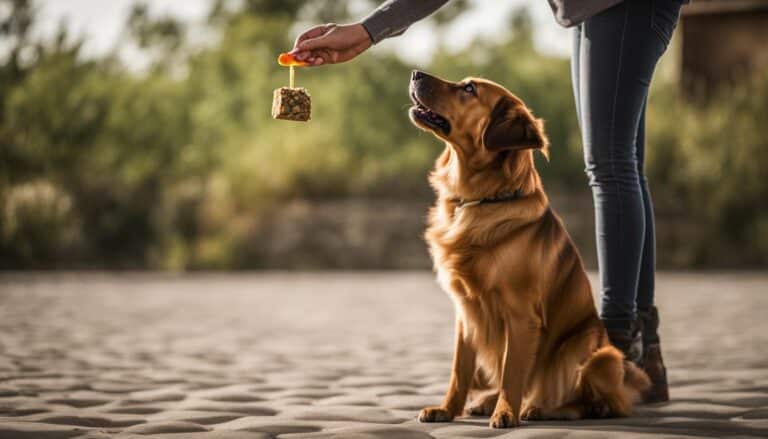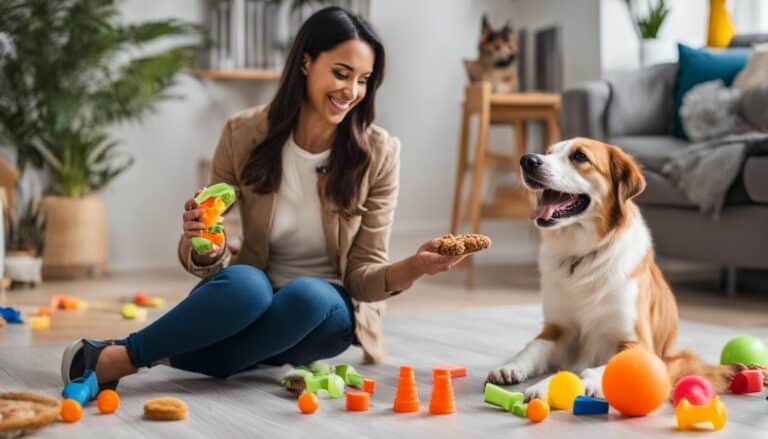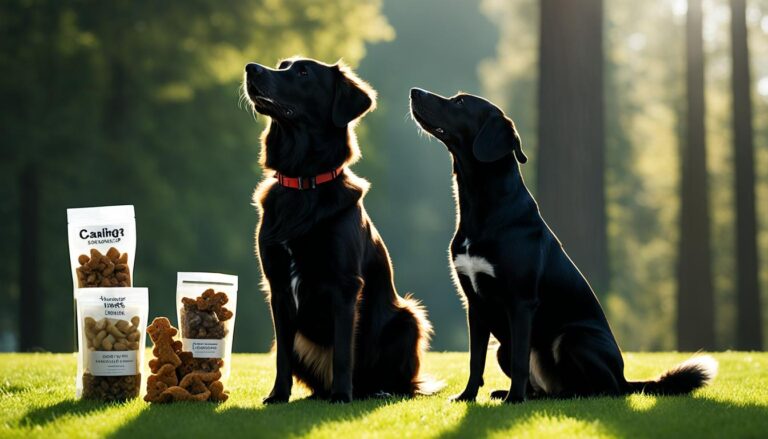How to Train Dogs to Get Along
Imagine the joy of welcoming a new furry companion into your home, only to have them clash with your current dog. The initial excitement quickly turns into frustration and disappointment as you witness tension and discord between your beloved pets. But fear not, for there is hope! With the right knowledge and techniques, you can train your dogs to get along and create a harmonious bond that will last a lifetime.
At times, it may feel like an uphill battle, but the rewards of a peaceful household filled with wagging tails and playful romps are well worth the effort. Whether you are introducing a new dog to an existing one or striving to improve the relationship between your current dogs, this article will guide you on the path towards building a strong and positive dog dynamic. Together, let’s explore the steps, strategies, and tips for promoting canine harmony and fostering those all-important positive dog relationships.
Join me on this journey as we delve into the fascinating world of dog behavior, understanding their unique personalities, and implementing effective training techniques. Together, we will navigate the intricacies of introducing new dogs, managing puppy behavior, and fostering peaceful interactions between our beloved furry friends. So, roll up your sleeves, put on your training hat, and let’s embark on this rewarding adventure of supporting our dogs to live harmoniously together.
Choosing the Right Pet for the Right Reasons
When adding a new dog to your family, it is crucial to choose the right pet for the right reasons. Consider your current dog’s activity level and temperament when selecting a new dog. If your dog is active and outgoing, look for a dog with similar qualities. They can engage in fun activities together and keep each other company. On the other hand, if your dog is more reserved, find a dog that will complement their lifestyle. This way, they can have a peaceful coexistence without feeling overwhelmed.
Gathering as much information as possible from the adopting agency about the adoptable dog’s temperament and socialization skills is crucial. An important factor to consider is their compatibility with other dogs. Choosing a dog that has been properly socialized and has experience being around other dogs will significantly increase the chances of a smooth integration into your family.
Remember, your aim is to create a harmonious environment where both dogs can thrive. By taking the time to evaluate their compatibility and considering their socialization skills, you can make an informed decision that will benefit everyone involved.
Steps for Introducing New Dogs to Current Family Dogs
Introducing a new dog to your current dog can be a rewarding experience when done properly. Follow these steps to ensure a smooth and positive introduction:
- Choose a neutral location: Select a fenced yard or park that neither dog has visited before. This neutral territory helps prevent any territorial behaviors and allows both dogs to feel more at ease.
- Leash both dogs: Each dog should be on a leash and handled by separate individuals. This allows for better control and prevents any potential conflicts during the introduction.
- Allow sniffing and greeting: Give both dogs the opportunity to sniff each other and greet each other naturally. This is an important step as it allows them to establish a sense of familiarity and initial acceptance.
- Use positive reinforcement: Reinforce positive behavior with treats and calm verbal affirmations. This helps create a positive association between the dogs and builds trust and confidence.
- Monitor their interactions: After the initial greeting, allow the dogs to play and interact under supervision. Watch for any signs of tension or aggression, and step in if necessary to redirect their behavior.
- Have both dogs sit or stay: Once the dogs have had some playtime, ask them to sit or stay. This gives them a chance to calm down before allowing them to interact again.
- Take them on walks together: Walking the dogs together can promote bonding and help them get used to each other’s presence. Encourage them to sniff each other along the way, but always maintain control of the leashes.
Remember to pay close attention to their body language throughout the introduction process. If you notice any defensive or fearful responses, intervene immediately to avoid any potential conflicts. Patience and positive reinforcement training are key to establishing a harmonious relationship between your dogs.

Special Advice for Helping New Puppies Get Along with Adult Dogs
Introducing a new puppy to an adult dog requires special consideration. Puppies can be energetic and may bother adult dogs. It is important to supervise their interactions and never leave them alone together. Give your adult dog plenty of time away from the puppy and provide them with quality time alone with you and your family.
To prevent any issues related to resource guarding, be mindful of their mealtime. Feed each dog separately to ensure fairness and prevent any potential conflicts. Consider using separate dog crates for mealtime to create a sense of personal space for each dog. Providing each dog with their own set of toys and playtime can also help establish boundaries and avoid any clashes over possessions.
If you encounter any behavior challenges during the introduction phase or notice signs of aggression, seeking professional dog training is highly recommended. A professional dog trainer can provide guidance on managing puppy behavior and help establish a positive and harmonious relationship between your puppy and adult dog.
Remember, patience and consistency are key when introducing puppies to adult dogs. With proper supervision, attention to individual needs, and professional guidance if necessary, you can successfully foster a peaceful and enjoyable bond between your new puppy and your adult dog.

Tips for Fostering Peaceful Dog Interactions
To ensure peaceful dog interactions and maintain positive relationships between dogs, it is crucial to manage and address any signs of aggression or tension that may arise. By identifying and eliminating stress triggers, promoting exercise and well-being, and establishing routines, you can create a harmonious environment for your furry companions.
One important aspect of promoting harmony among dogs is to increase their exercise. Regular physical activities help release energy and reduce behavioral issues. Take your dogs for daily walks, play fetch in the park, or engage in interactive games to keep them physically and mentally stimulated.
When it comes to mealtimes, it is essential to feed dogs separately. This practice prevents resource guarding and jealousy, reducing the likelihood of conflicts over food. By providing each dog with their own designated feeding area, you can ensure that they feel secure and comfortable during mealtime.
Creating a routine and providing basic obedience training are also key to maintaining positive dog relationships. Dogs thrive in predictable environments, where they understand their place and know what is expected of them. Consistent training sessions and regular daily routines help build trust, reinforce boundaries, and foster a harmonious coexistence.
In addition, consider utilizing calming techniques such as massages or aromatherapy to relax stressed dogs. These strategies can help reduce anxiety and promote a sense of calmness and well-being. Remember to maintain a calm and authoritative voice when interacting with your dogs, as this promotes a peaceful atmosphere and establishes your leadership.
